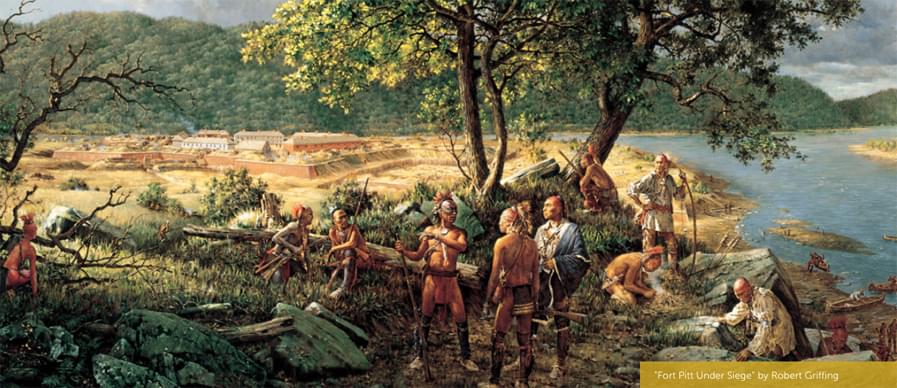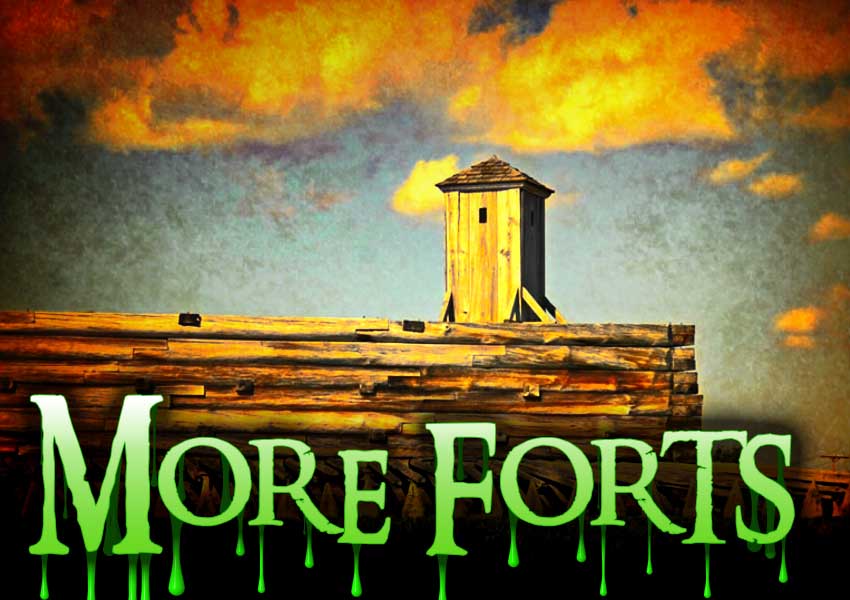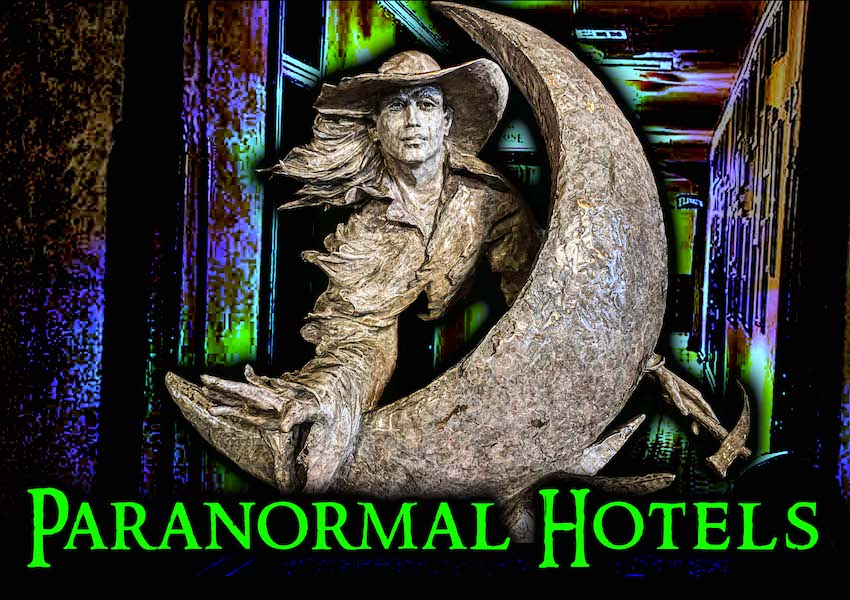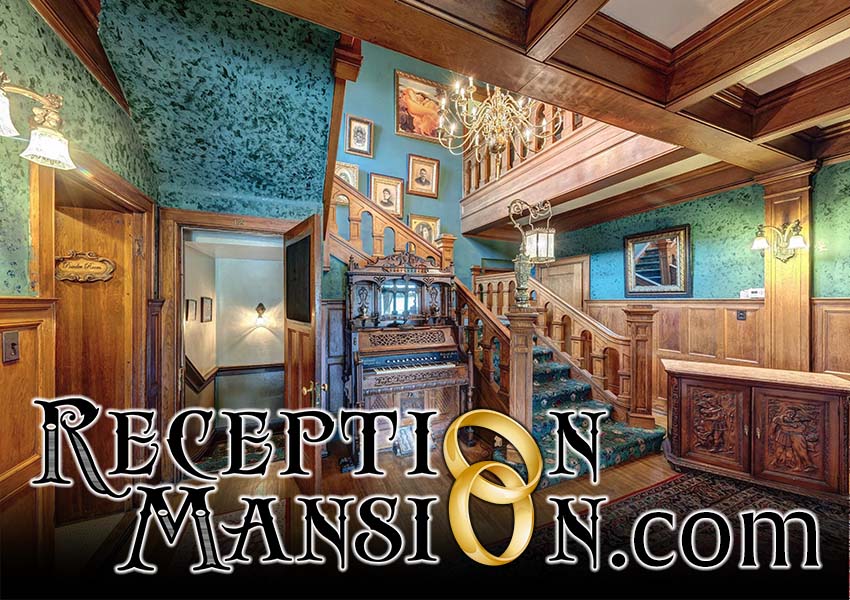Pittsburgh Pennsylvania
Fort Pitt
Past soldiers from three different nationalities apparently are haunting the land.
Being still on duty, they have moved into the rebuilt buildings and the block House.
They have been noticed…

DESCRIPTION
The visitor notices that much of the old fort hasn’t been dug up and rediscovered yet, leaving mostly a green parkway at this strategic point that was a vital plot of land to control.
What is there is the reconstructed Monongahela Bastion, mentioned above. Inside, there is a two-floor, 12,000-square-foot museum. Most interesting are the three recreated rooms depicting life inside the Fort, starting from the 1750s. The visitor can see a fur trader’s cabin, life the way it was in a British soldiers’ barrack, and what a casemate storage room for munitions looked like back in the day. There are many artifacts on display, and there is also a theatre.
There is only original structure still standing, called the block house, that was built in 1764. It has the honor of being the oldest building west of the Appalachia remains filled with artifacts, a movie theater and other points of interest concerning the history of the old fort that once stood here.
Because of its vital location, it is not surprising that it was a highly coveted spot for competing factions: Local Indians, English, French and finally the American government. This plot of ground played “a pivotal role during the French & Indian War, the American Revolution, and as the birthplace of Pittsburgh”
Fort Prince George or Trent’s Fort, was the first military establishment built here in February of 1754 by Captain William Trent. This fort was short lived. In April of 1754, a large French military force demanded that the British leave peacefully, and the British did in short order; being out-numbered and out-gunned. The French then built their own fort, called Fort Duquesne.
The British army forces began a campaign to take back this point of land, beginning in 1755. British army General Edward Braddock led his troops in a gallant effort, but suffered a big defeat. This loss set the British back in their war efforts against the French and Indians, at the beginning of the French and Indian War; a brutal time for settlers. The British tried again in September of 1758, under Major James Grant’s leadership, at the Battle of Fort Duquesne, but again suffered another defeat.
 But, the third time was the charm! British finally kicked the French and Indian warriors off this choice piece of strategic property just two months later, in November of 1758, under the leadership of General Forbes. The victors didn’t seem to care that the French burned their own fort to the ground, so the British would have to start from scratch. They were just glad to have this choice parcel of land again.
But, the third time was the charm! British finally kicked the French and Indian warriors off this choice piece of strategic property just two months later, in November of 1758, under the leadership of General Forbes. The victors didn’t seem to care that the French burned their own fort to the ground, so the British would have to start from scratch. They were just glad to have this choice parcel of land again.
Once again, this point of land became under British control, and they quickly built a temporary structure, called Fort Mercer in November of 1758. In 1759, the British started what was then considered to be “the state of the art” military fort for the time, Fort Pitt, in honor of William Pitt the Elder.
The British temporarily signed a peace treaty, that promised the Indians the right to hunt in Ohio county, that their land rights would be respected, that no new settlements would be built and that British and Continental soldiers stationed at the fort would leave after the war. The Indians in return promised to not join forces with the French any longer.
When the dust had settled, after the French and Indian War had ended, the treaty was broken. The soldiers remained at the fort, and more settlements sprung up, encroaching on Indian land. Uh Oh! This inspired a new Indian war, called Pontiac’s Rebellion,; an attempt by the Indians to drive/wipe out settlers from their land. In 1763, they attacked Fort Pitt, on June 23rd. This battle lasted until August 1st, ending only when most of the Indians turned to attack the soon to arrive British troop reinforcements led by Colonel Bouquet. The Indian were defeated by British troops in the Battle of Bushy Run.
In 1772, the British didn’t feel it was necessary to have a fort here anymore, so they gave it to the colonists to have. However, in 1774, the British retook the fort, and called it Fort Dunmore. This only lasted until 1977, when the Continental Army got the possession of the fort back, and used it as its western headquarters, stationing troops there during the Revolutionary War, to protect the people there. In 1778, the first American treaty with the Indians was signed there, at Fort Pitt.
By the time 1792 rolled around, Fort Pitt was in bad shape, so it was abandoned when Fort Fayette was built in Pittsburgh Residents used what remained of the once proud structure to build their own homes, leaving only the block house still standing; probably because it was being used as a private home.
Fast forward to 1958. The city of Pittsburgh decided to change this now, “36-acre industrial area covered with sprawling warehouses and a tangle of railroad tracks” into Point State Park, to be part of a beautification project to spruce up Pittsburgh.
Point Park was honored by making it to the list of U.S. National Register of Historic Places. This inspired funds to build on the sight of Fort Pitt’s original Monongahela bastion; The Fort Pitt Museum was created. After Senator John Heinz History Center was chosen to run the museum, it was opened to the public in April of 2010.

HISTORY OF MANIFESTATIONS
People who die at the hands of another, either in war or by mayhem, often aren’t ready to go to the other side, for a variety of reasons: Anger, disbelief, sense of duty, enjoyment of their life that they are not ready to leave yet. A re-enactor participating in one of the war reenactments was murdered in the early 1970s. Often, forts are still occupied by the dead soldiers who died doing their tour of duty, or from disease.
The English, the French and the American governments all had military forts on this strategic spot. A particularly bloody battle was fought on this site during The French and Indian War, called The Battle of Grant’s Hill. Entities sometimes are tied to their old earthly /military belongings, or ships /planes.
Entities who are tied to the land, will move into the new structure built upon the land that once was the site of their building.

MANIFESTATIONS
Throughout the museum buildings
After closing hours, Security guards have seen what they think are people moving around the buildings, but they turn out to be apparitions who disappear. Perhaps they are past soldiers who were stationed there, serving under the French, British or American flag.
Because this once was an industrial area, perhaps a few people died while working on the job in a building that no longer exists.

Hide and Find
Objects have vanished and/or been found in odd places from the displays and museum exhibits.
Perhaps spirits want the living to know that they are present, or the objects once belonged to them.
Auditory Activity
Strange, unexplained sounds have been reported coming from empty areas of the museum.
STILL HAUNTED?
Probably so, though there is little hard evidence of these spirits that has been published in the way of EVPs, pictures, temperature drops, flashlight communication, etc.
Considering this location’s history, and the truth that most old forts and military installations has paranormal activity, it would be a good place to investigate, if allowed to do so legally.
If activity increases enough to scare the staff, perhaps the higher-ups would agree to a private investigation, where findings are kept private and not published for the world to see.
Not much has been done in the way of either psychic or scientific paranormal investigations, as this site has recently been recovered and opened to the public. The Senator John Heinz Historical Center folks probably want people to come to learn about the history of the spot, and don’t particularly want to come out of the paranormal closet, drawing seekers of the paranormal.
Paranormal personal experiences have begun to occur for staff and Security guards though; people who can be believed as reliable witnesses.
LOCATION
Fort Pitt Museum in Point State Park
101 Commonwealth Place
Pittsburgh, Pennsylvania 15222
Fort Pitt Museum can be found in the 36 acre Point State Park in downtown Pittsburgh at a point of land that juts out where the two forks of the Ohio River meet. This two story museum is located near the parking lot. It was built on the spot where the part of the fort, called the Monongaheia Bastion once stood, so many years ago.
SOURCES INCLUDE
- The Big Book of Pennsylvania Ghost Stories
by Mark Nesbitt & Patty Wilson, Stackpole Books, 2008 - http://www.heinzhistorycenter.org/secondary.aspx?id=303
- http://en.wikipedia.org/wiki/Fort_Pitt_%28Pennsylvania%29
Our Haunted Paranormal Stories are Written by Julie Carr
Visit the memorable… Milwaukee Haunted Hotel







































































































































